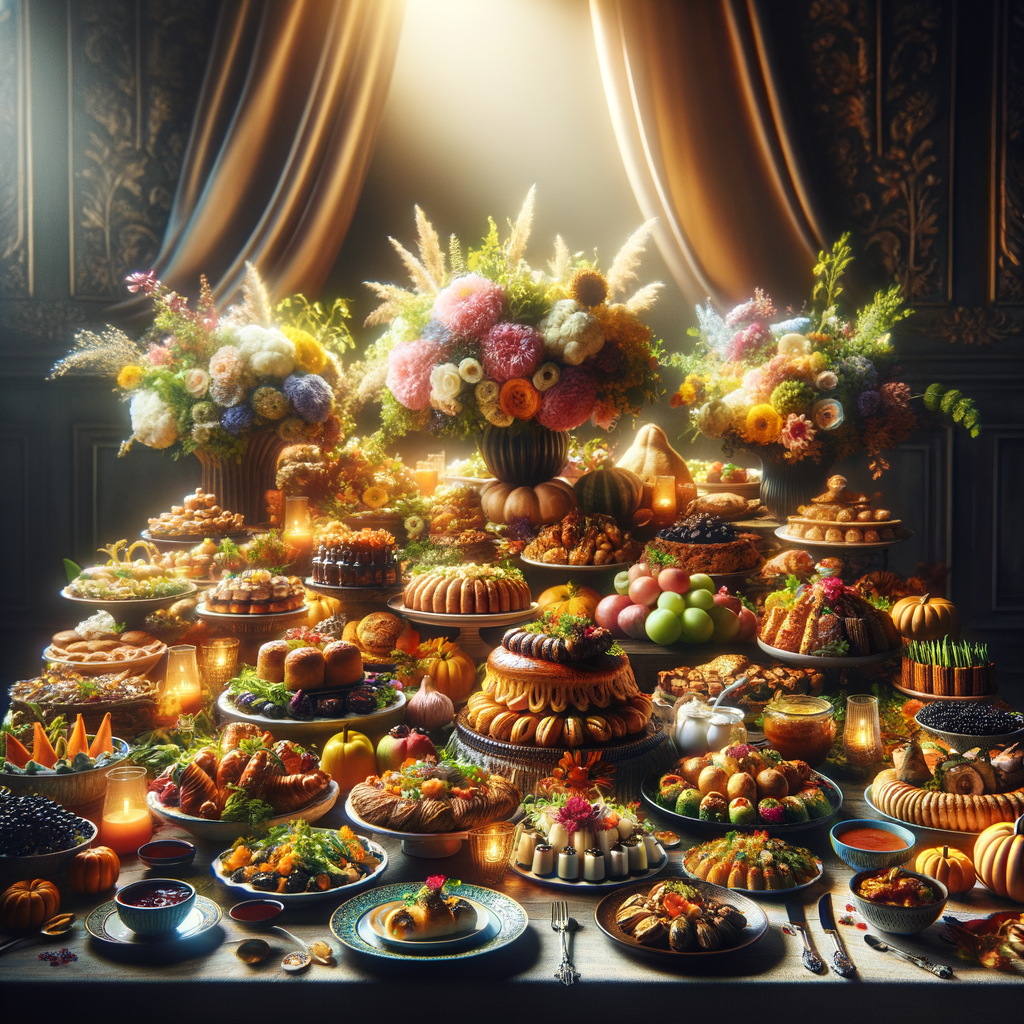
Food photography is an art that combines culinary skills with photography. It has become popular in the age of Instagram and other social networks, where visual appeal plays a vital role. In this article, we will explore important aspects of food photography, tips, and tricks that will help you create beautiful and appetizing images.
To begin with food photography, you need to understand the basic principles of composition and lighting. Composition is the way elements are arranged in a frame, affecting how a viewer perceives the image. One popular technique is the rule of thirds, where your frame is divided into three equal parts both horizontally and vertically. Try placing the key elements of the dish at the intersections of the lines to guide the viewer's eye and create a harmonious image.
The next critical point in food photography is lighting. Natural light is often considered the best for shooting food. Try using soft light coming through a window. Avoid direct sunlight, as it can create harsh shadows. If you are shooting indoors, try diffusing the light with sheets or diffusers to soften it.
The choice of background is also important. Simple, neutral backgrounds help draw attention to the food. For instance, a white or light wooden table can be a great backdrop for vibrant dishes. You can also use textured surfaces like marble or concrete that will add interest to the photographs.
The right choice of angle matters. Depending on the dish, determine the best way to photograph it. For flat dishes like pizza or desserts, it's best to shoot at table level. For more volumetric dishes like salads or cakes, shoot slightly from above to emphasize their structure. Experiment with different angles to find the best for your shot.
Also, do not forget about styling. Pay attention to details: beautiful plating, the use of colorful sauces, fresh green herbs — all of this adds charm to your photographs. You can also add elements that create an atmosphere, such as cutlery, mugs, or candles.
Don't forget about post-processing. Even the best photos can look even better with minor adjustments in editing programs. Adjusting brightness, contrast, and saturation will make your shots more appealing. However, do not overuse filters — naturalness always attracts.
If you want to improve your food photography skills, it's useful to learn from professionals. Watch video tutorials, read books, and follow the works of famous food photographers to get inspired and learn new things. You can also join online courses where you'll receive practical tips and advice based on real experience.
And finally, remember that food photography is not only an art but also a pleasure. Find your own style, experiment with dishes and compositions. Your photographs should reflect your individuality and culinary preferences.


